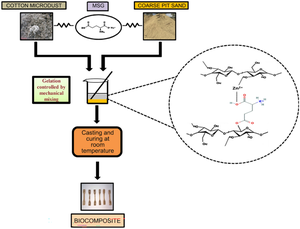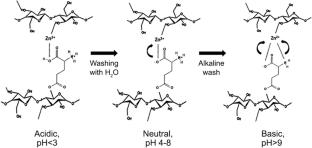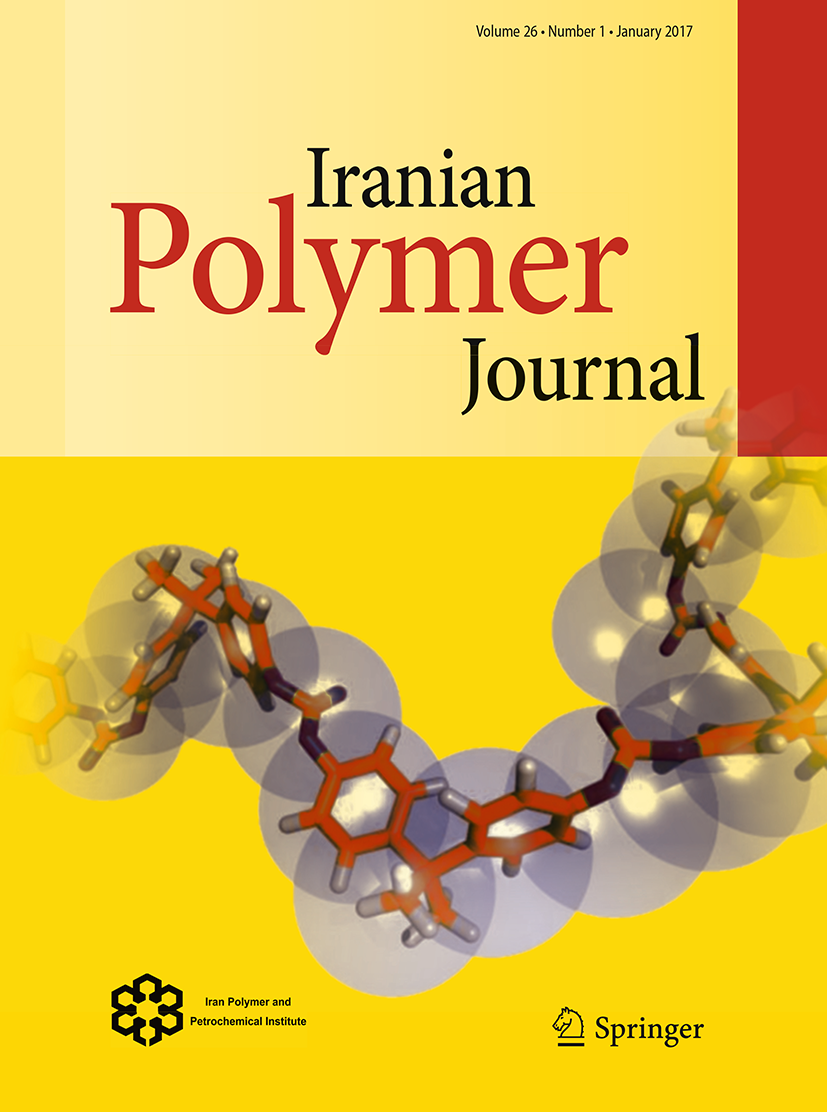Flexible production of three-dimensional biocomposite from cotton micro-dust waste and sand blend through a novel combination of molten salt hydrate and sodium L-glutamate salt
Abstract
Cotton micro-dust (CMD) is a low-cost feedstock produced by cotton spinning mills. It consists of cellulose as the chief component, along with other non-cellulosic lignin and extractives. The two-stage pretreatment of CMD using alkali and acid facilitated cellulose enrichment and promoted favorable morphology for producing cellulose-based biomaterials. The process involves the solubilization of cellulose using an inexpensive and environmentally friendly zinc chloride solution for further conversion to biomaterials. The addition of novel cross-linker monosodium glutamate (MSG) at 5% (by weight) concentration facilitated the preparation of the polymer matrix at room temperature. The gelation process that transformed the liquid mixture into a solid polymer matrix depended on the shear-sensitive interaction between the Zn–CMD solution and the MSG. Further, the mix of CMD–ZnCl2 and MSG was converted into a biocomposite by a reinforcement step with pit sand. The Zn–CMD–MSG acted as a binder for sand particles and formed a solid biocomposite. The complex association of sand with CMD conferred high thermal stability to the biocomposite. Moreover, the biocomposite showed good mechanical properties, with a tensile strength of 20 MPa and a flexural strength of 12 MPa. Hence, the present process is promising for developing a cellulose-based green composite from low-cost cotton waste and sand.
Graphical abstract



 求助内容:
求助内容: 应助结果提醒方式:
应助结果提醒方式:


